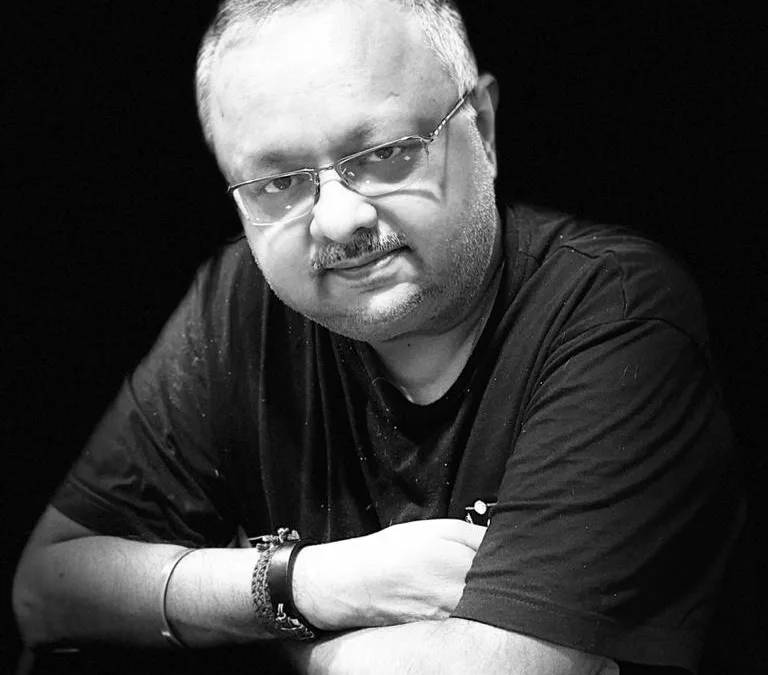India has always been a challenge for businesses that are not indigenous. With one of the fastest growing economies in the world, India has become the ‘go-to’ place for businesses. However, capturing the Indian market takes more than just business acumen. To get into the Indian market a business has to get inside the minds of Indian customers. The diversity in India also means diverse choices and preferences. Many marketing strategies that have worked for other countries have failed miserably in India. An Indian customer is not only dictated by his choices but also by the value that a service provides.
Netflix is one such business that has failed to make it in the Indian market despite being a roaring success globally. While the OTT platforms have become increasingly popular, they are still not profitable as a business. “It is interesting to see that different OTT platforms are using different types of business models to sustain in this ever-changing industry. Looking at the trends it seems that the hybrid model is sustainable for most of the established OTT platforms” believes Partho Dasgupta, Former CEO of BARC.
There are 4 types of models that OTT platforms are going for:
1. AVOD (Ad-based video on demand)this type of business model earns profits through generating ads with their content. The content is usually free and the companies pay to show ads on these platforms. The main problem with this model is that the platform needs a huge audience before it can make a profit. The best example of this is YouTube, which earned revenue of $28.8 billion in 2021, a 46% increase year on year. According to a report by Deloitte, AVOD-based OTT platforms are expected to generate more revenue SVOD based platforms.
2. SVOD(subscription video on demand)In this type of model, viewers pay a monthly fee to access the content. Netflix is one such platform that uses this model across the world. However, this has not worked for Netflix in India. Even after reducing subscription charges, there has been no considerable difference in the bottom line of the company. They are now considering moving to an ad-based model in 2023 to generate more revenue.
3. TVOD(Transactional Video on Demand)TVOD-based models charge viewers only for the content that they want to watch, which is also known as the pay-per-view model. It is a fairly simple model if the platform is looking to show one time sporting events or movie debut. This type of model is not as successful as the viewers have to pay for each program they want to watch which can be a bit frustrating.
4. Hybrid business models (combination of any business above)A hybrid model is a combination of the models mentioned above. Disney+Hotstar, which is the most downloaded app in India follows the hybrid business model. Hybrid models seem to be more profitable than just using SVOD or AVOD.
Even though the OTT platforms are still evolving and trying out new combinations of models for their business one thing that remains constant is the fact that ‘Content is the king’. Partho Dasgupta states “lately there have been a lot of controversies on the content being shown on OTT platform. Since there is no regulatory body for OTT, things are not going to change unless some kind of regulation is done”. The content being shown by these OTT platforms has been plagued with controversies. Makers of hit series like Sacred Games, Mirzapur, or Tandav, have been accused of hurting religious sentiment. However they have still gone on to become most watched series on the platforms.
It is a combination of business models and content that will keep these OTT platforms afloat. After the success of one series these platforms do not have the time to revel in their success, they have to move on to the next big idea and keep producing content. Ultimately good content wins, the best example of this is SonyLiv that saw a jump of over 700% between June 2020-21. Even after increasing the subscription price by up to 200% and alternately giving an option of affordable plans, the viewers have found value in the content being offered and that is precisely the reason of this phenomenal growth. With hit shows like scam 1992 and exclusive rights to Tokyo Olympics and UEFA Euro 2020, it is the content that kept the audience hooked. No matter how many hit shows any platform has given, it is the ability to keep doing it that is more important.


Recent Comments